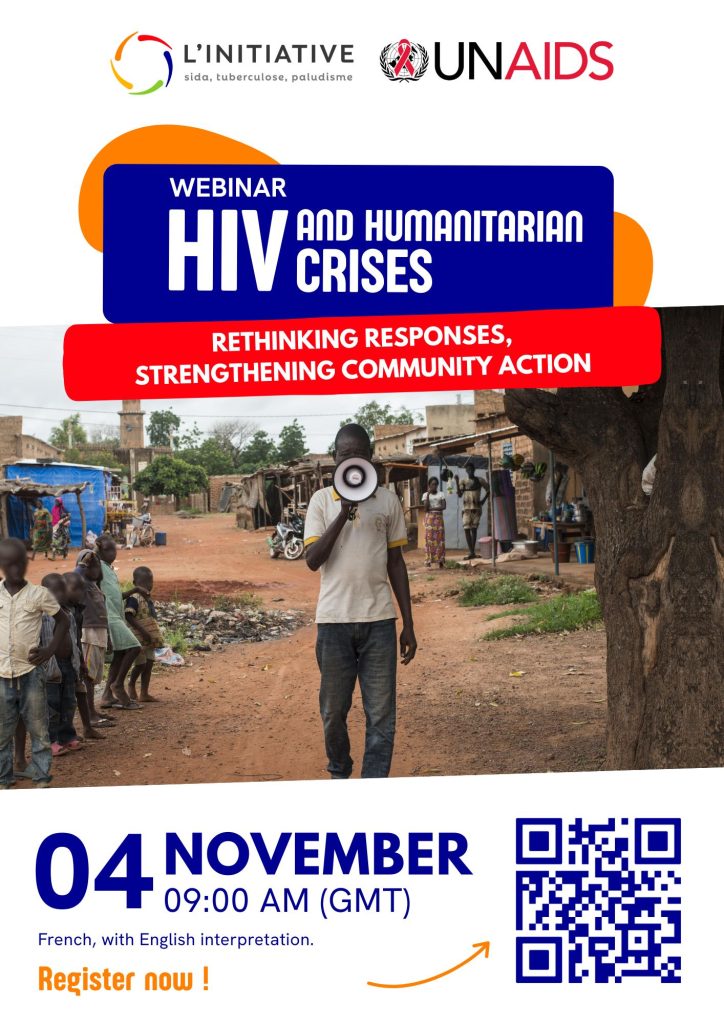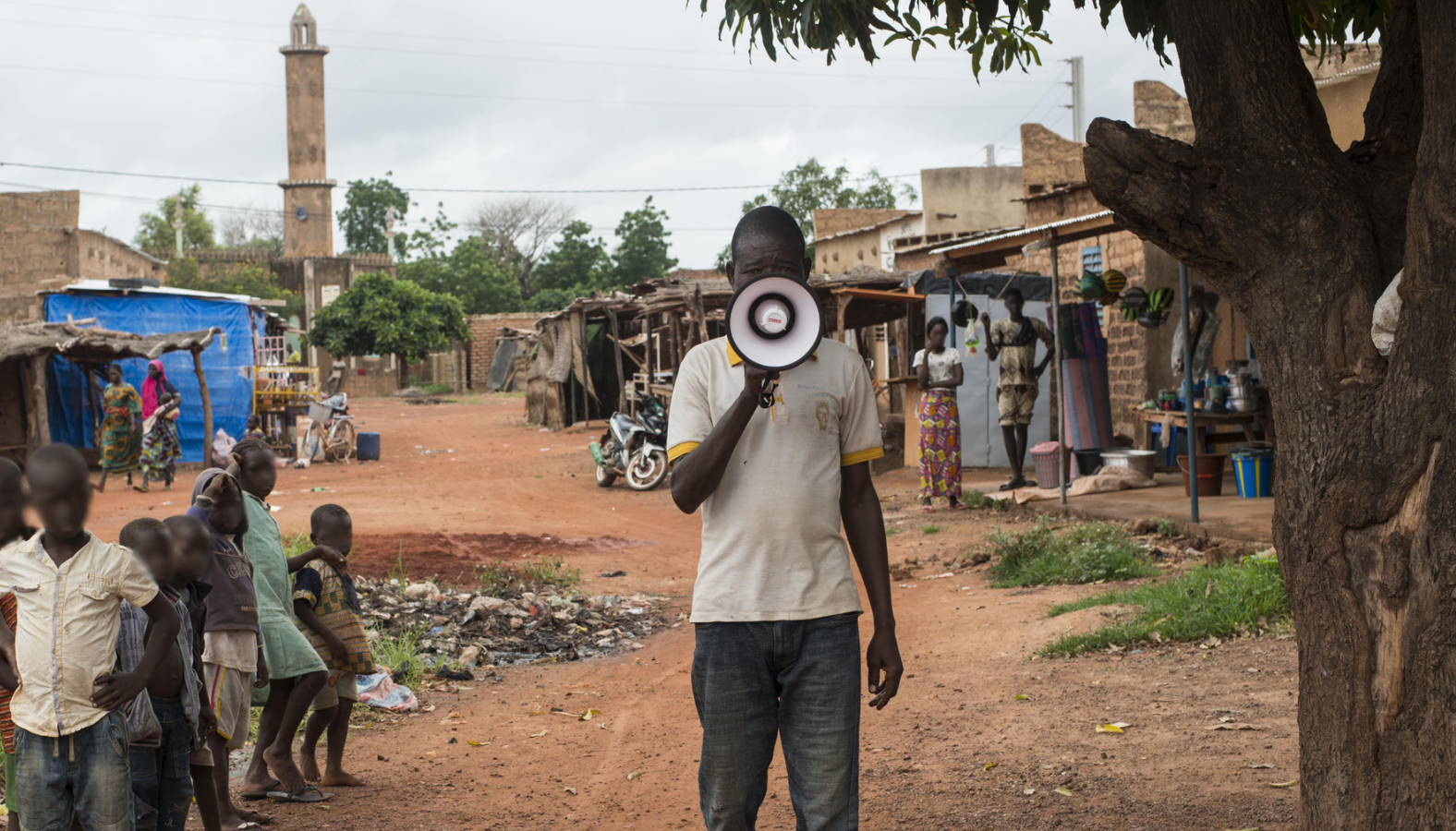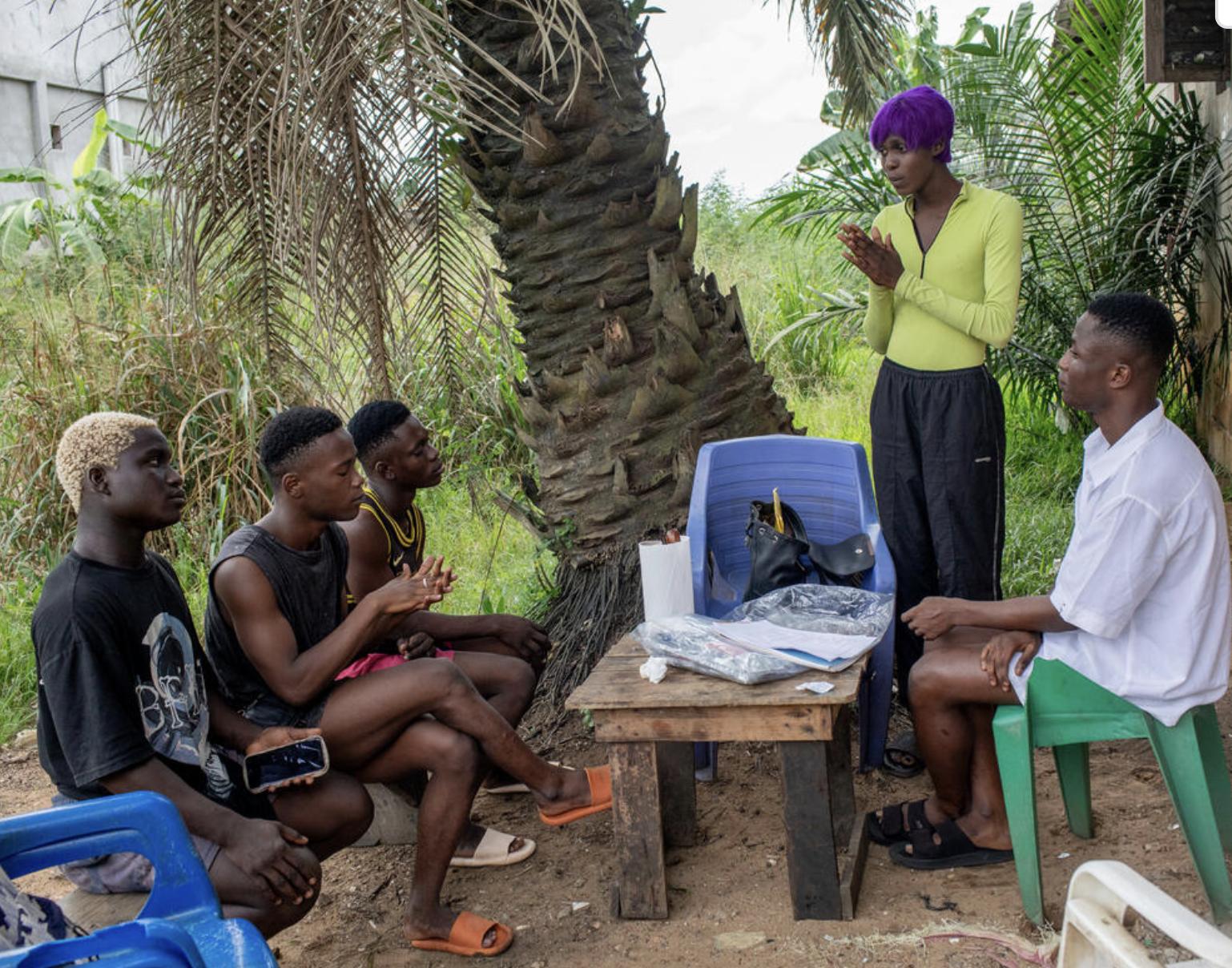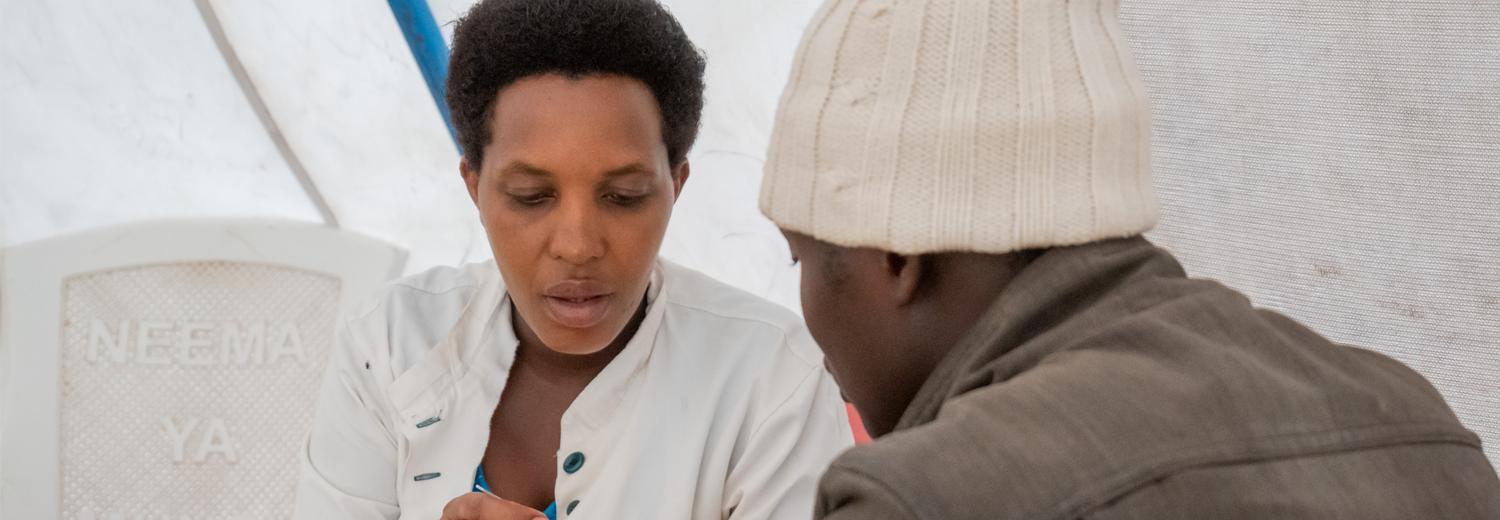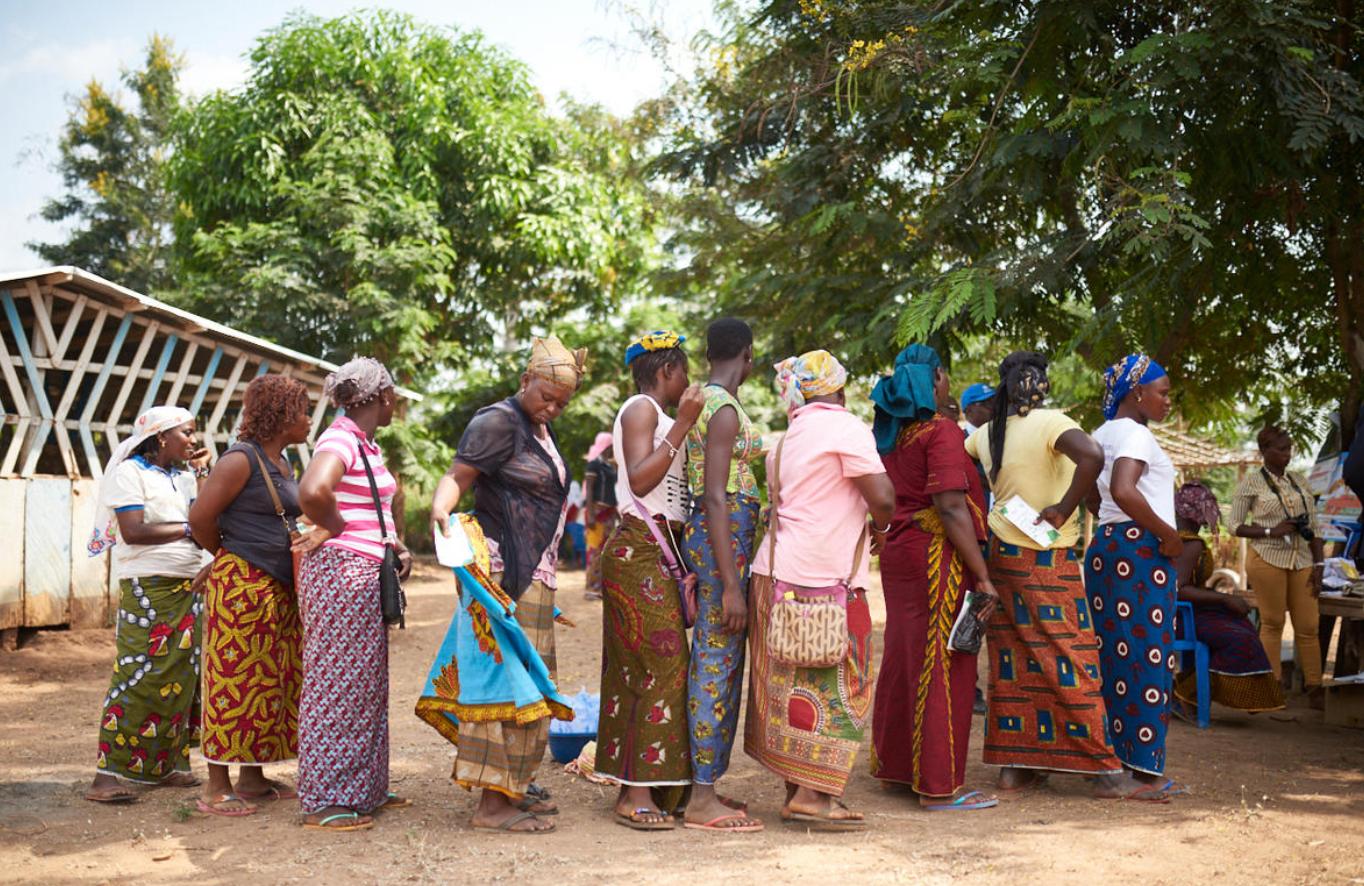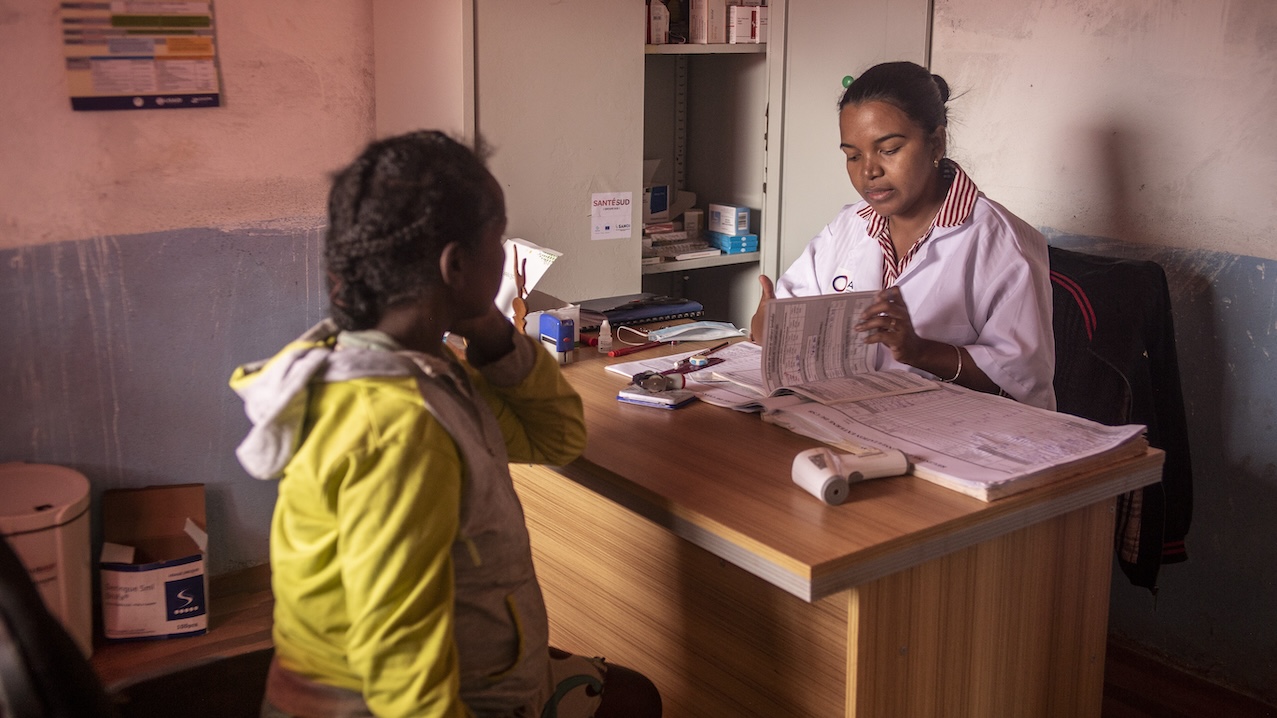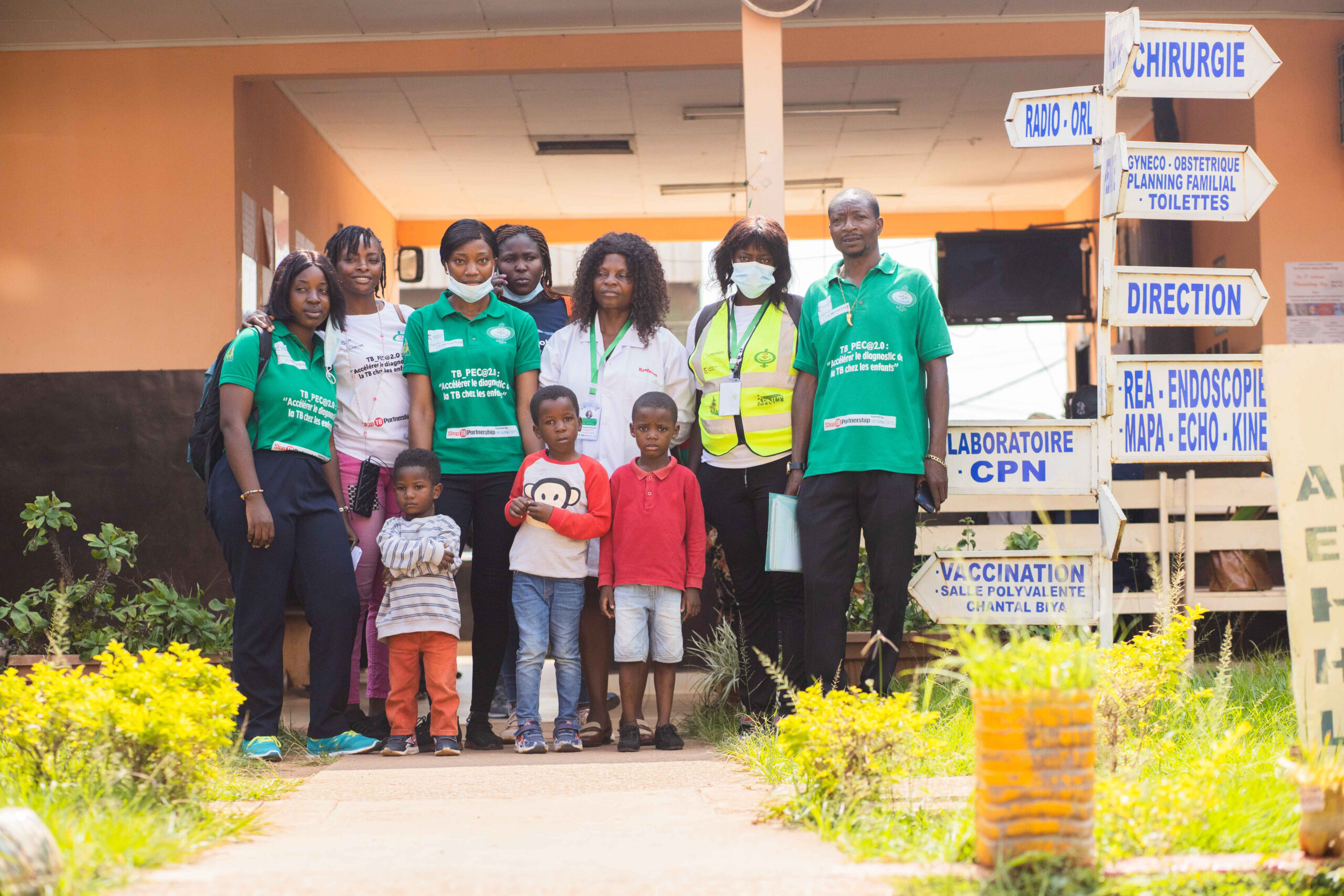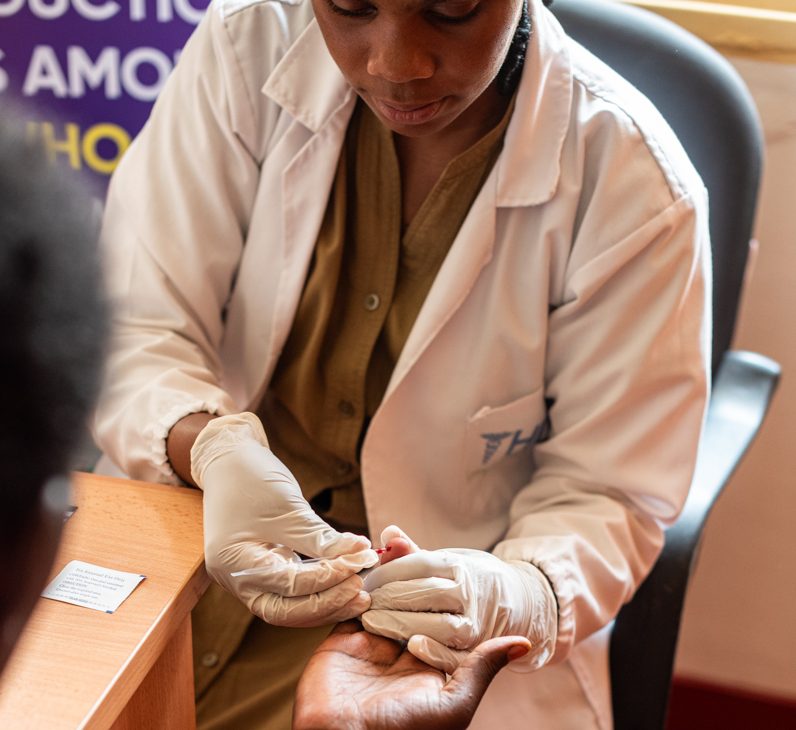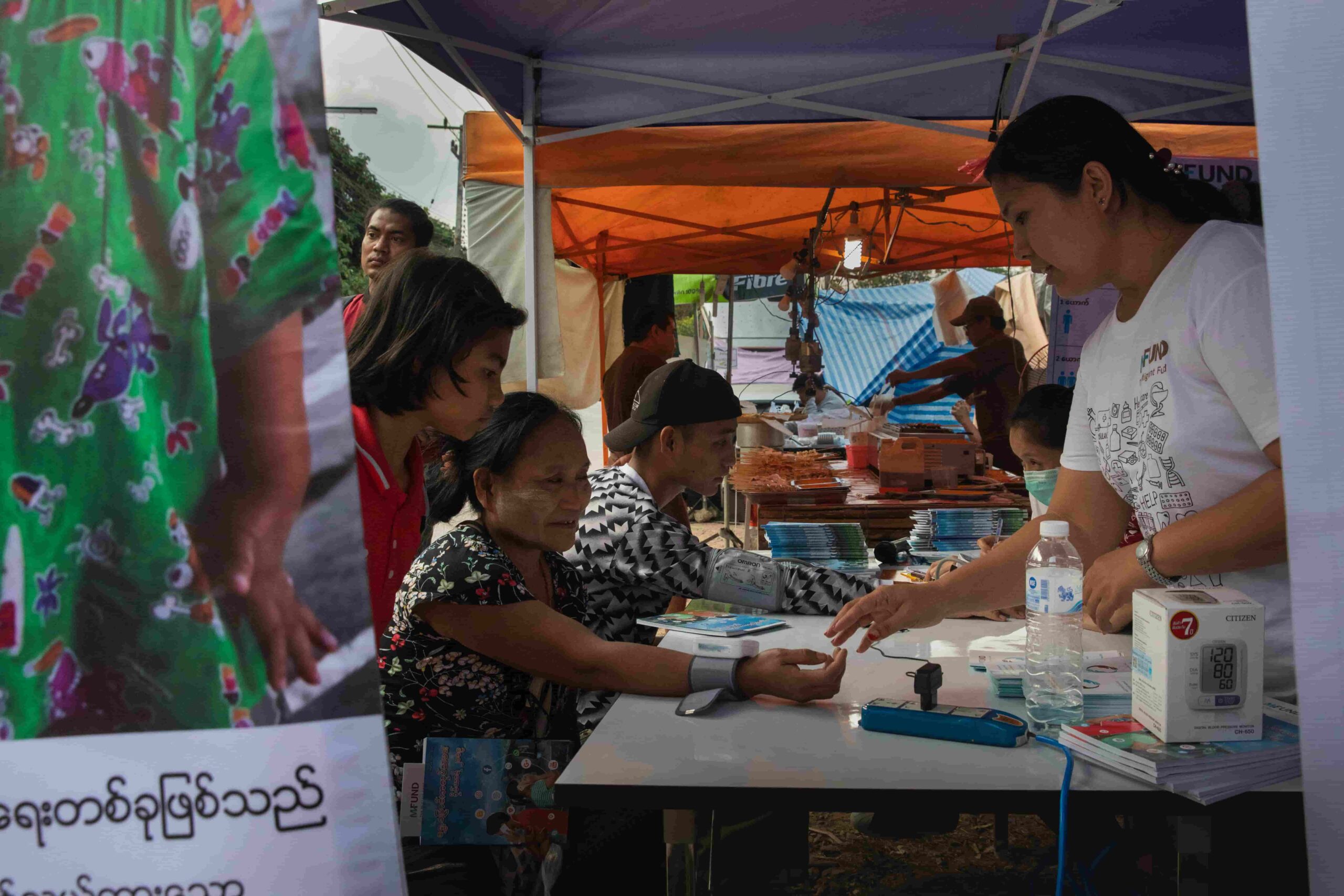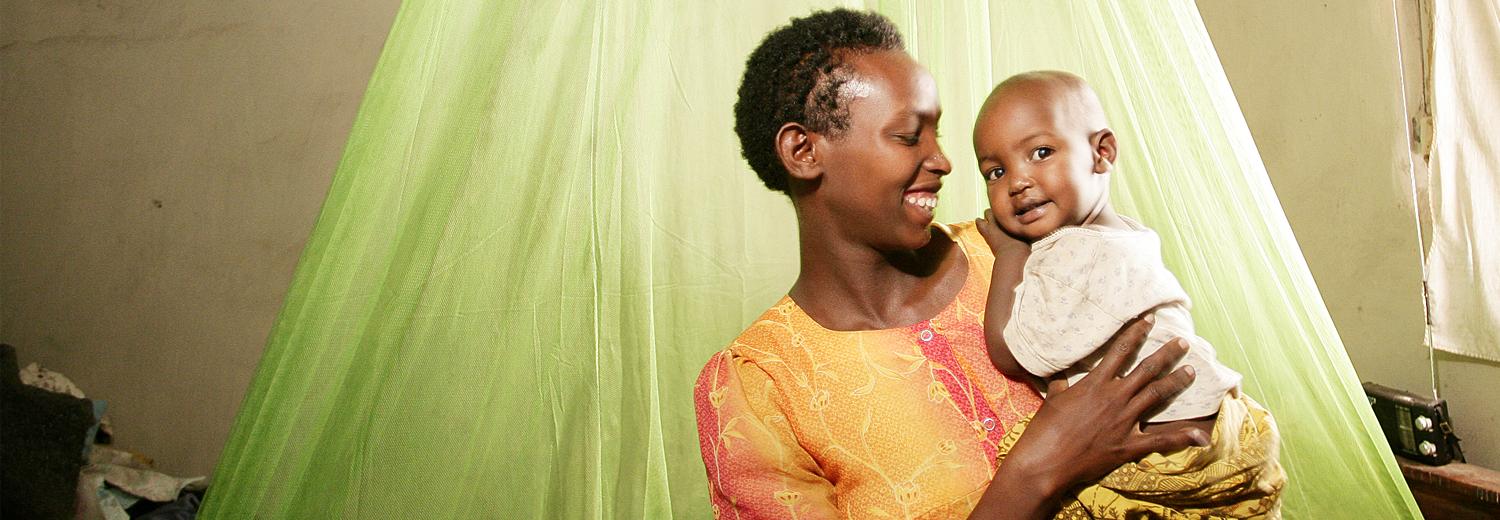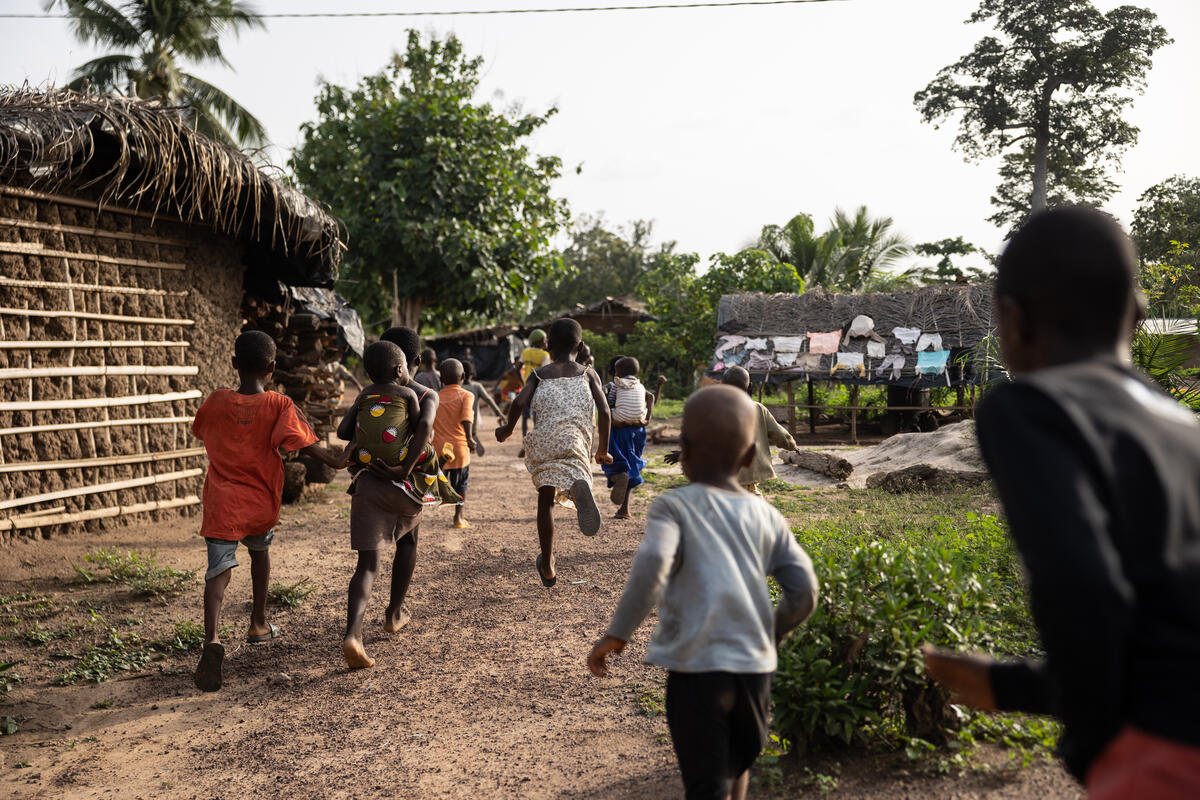HIV and humanitarian crises — Rethinking responses, strengthening community action
Humanitarian crises — whether armed conflicts, natural disasters or forced displacement — upend public-health priorities and weaken the continuum of care. In these contexts, HIV, which is not usually regarded as an immediate life-threatening emergency, tends to be deprioritised, despite the serious consequences such crises can have for people living with HIV (PLHIV) and key populations. To foster reflection on the place of the HIV response in humanitarian settings, L’Initiative and UNAIDS are organising a webinar on 4 November. The event will bring together stakeholders engaged in the HIV response across West and Central Africa to encourage dialogue and share perspectives on this crucial topic. Let’s bring perspectives together.
How does a humanitarian crisis change access to HIV services, and why is HIV often overlooked?
Lise-Marie Le Quéré: In times of crisis, degraded living conditions and the breakdown of health structures make access to HIV services difficult. Destruction, supply-chain interruptions and population displacement all undermine service continuity precisely when vulnerabilities — economic precarity, sexual and gender-based violence — increase. Perceived as a chronic disease, HIV is often sidelined in emergency responses, especially when there is little data to demonstrate need. Global figures show a worrying trend: the proportion of people living with HIV affected by humanitarian crises rose from 1 in 22 in 2013 to 1 in 14 in 2016. This warning sign — likely underestimated today — reminds us that ending AIDS by 2030 will be impossible without addressing the needs of people affected by humanitarian crises, particularly as recent budget cuts are already constraining field action.
Jonas Fourrier: Crises disrupt the continuum of care at every level — prevention, testing, antiretroviral (ARV) dispensing and viral-load monitoring. People can no longer reach health facilities, health workers struggle to move, and the supply of medical products is difficult to guarantee — the result is twofold: an increase in people remaining untested and a rise in losses to follow-up among people living with HIV (PLHIV), with a real risk of the local epidemic worsening. HIV’s “chronic” nature also works against its inclusion in emergency responses: actors tend to focus on immediate “life-saving” care at the expense of therapeutic continuity, which remains vital.
What strategic role do community actors play in humanitarian settings?
Lise-Marie Le Quéré: Community actors are essential to the HIV response in crises: present and often operational when formal systems cease to function, they keep in touch with PLHIV, trace people who have been lost to follow-up, distribute treatments, provide psychosocial support and deliver adapted prevention messages — all despite limited means and insecure contexts. Their local roots and proximity to communities enable them to reach the most vulnerable. Putting communities at the heart of the response and giving them the means to act is a proven approach and a priority for UNAIDS, in line with the humanitarian localisation agenda.
Jonas Fourrier: Community networks often pre-exist crises on the ground; they remain mobile and connected when other actors are constrained. From 2024 to 2025, L’Initiative carried out a cross-cutting assessment on “Hard-To-Reach Areas” (HRTA) — hard-to-reach areas. The assessment draws lessons from numerous projects in Africa and Southeast Asia and finds that community organisations, when supported flexibly, can organise themselves, continue their activities and adapt them to changing needs on the ground. These approaches, co-designed with and led by local partners, show that communities are not merely intermediaries but frontline operational actors.
How can collaboration between HIV actors and humanitarian actors be organised in practice? Which obstacles remain?
Lise-Marie Le Quéré: It is essential to create bridges between HIV actors — including community actors — and emergency-response actors, and to integrate HIV data and expertise into humanitarian information and coordination systems both before and during crises. This allows HIV to be better taken into account in national emergency preparedness plans, needs analyses and response plans. Close collaboration within the health and protection clusters is a good entry point to ensure HIV is not forgotten.
Jonas Fourrier: In the field, collaboration relies on continuous communication via health clusters and on pre-existing partnerships between community actors, NGOs and ministries. The HRTA assessment also highlighted the need for flexibility, adaptable funding and technical support to strengthen community-based organisations’ capacity to coordinate and report — otherwise synergies remain limited. These efforts must therefore be pursued and supported at all levels to facilitate and sustain the action of actors, notably community actors, engaged in the HIV response in these complex contexts.
What does a “differentiated approach” mean in humanitarian settings? What priority measures do you recommend?
Lise-Marie Le Quéré: A differentiated approach means adapting service delivery to people’s realities: multi-month dispensing of medicines, community refills, fixed or mobile points offering integrated services. In emergencies, priority should be given to solutions that reduce travel and ensure alternative supply routes. These measures exist, but implementation remains uneven and can be hindered by regulatory and logistical barriers.
Jonas Fourrier: Practically, the HRTA assessment confirmed three priorities: (1) flexibility in delivery modalities (multi-month dispensing, community-based refills, integrated services); (2) co-designing responses with local actors to avoid programmes that are done “for” populations but without them; (3) ensuring security so teams are not inadvertently exposed to risks.
What practical advice to strengthen preparedness and resilience of community organisations?
Lise-Marie Le Quéré: Community-based organisations must be recognised and secured a place in humanitarian governance and guaranteed access to technical support and flexible financing so they can prepare for and respond to emergencies. This is precisely the aim of the new HIV in humanitarian settings guidelines currently being revised by UNHCR, the World Food Programme, UNAIDS and the Inter-Agency Task Team on HIV in Crises: to better integrate communities and community actors into coordination, decision-making and action processes.
Jonas Fourrier: L’Initiative and UNAIDS share the same vision of the key role of community organisations, which has led them to collaborate on updating the HIV in humanitarian settings guidelines mentioned by Lise-Marie. If I had one additional piece of advice, it would be to prioritise security (for staff and beneficiaries), train on safety and security issues, diversify funding sources, and develop M&E capacities focused on demonstrating impact and cost-effectiveness. This last point is crucial in times of constrained funding to support advocacy for priority actions and to fight the epidemic effectively. Sharing best practices among organisations and strengthening skills in financial management and reporting are also essential operational levers.
Join our webinar
L’Initiative and UNAIDS are organising the webinar “HIV and humanitarian crises — Rethinking responses, strengthening community action” to bring together field practice, recommendations and needs.
Join us on 4 November from 09:00 to 11:30 (UTC).
Registration required.
